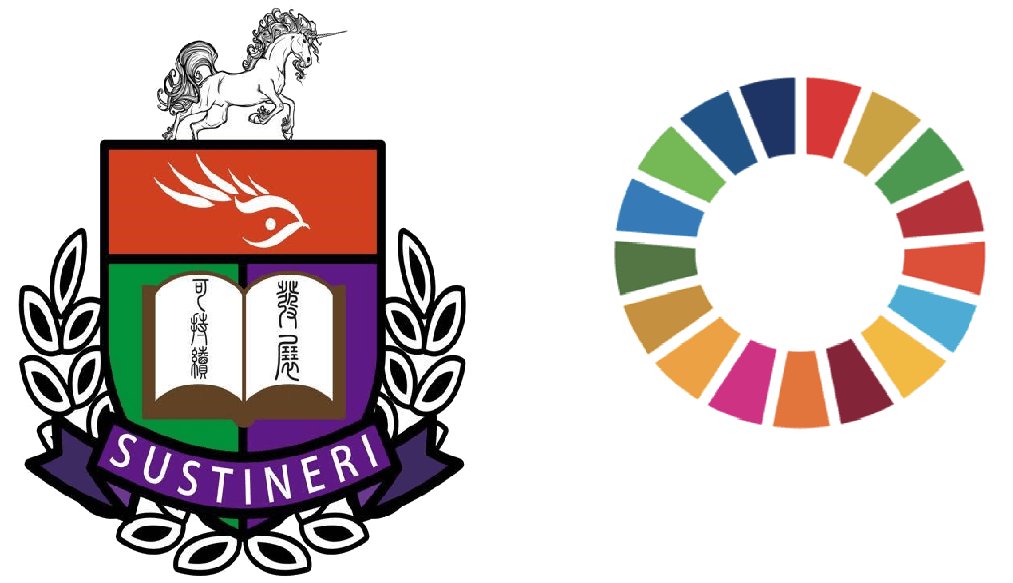The fashion and textile industry is water-intensive and generates amounts of wastewater. Wastewater is produced during the wet processing of textiles such as bleaching, dyeing, and finishing. It often consists of hazardous chemicals, including chlorides, nitrates, lead, biological oxygen demand (BOD), and chemical oxygen demand (COD), causing water pollution and environmental impacts. For instance, in Bangladesh, only a quarter of textile factories have implemented effluent treatment and river pollution is thus severe. Therefore, the fashion and textile industry ought to adopt wastewater management to ease water pollution.
In recent years, the fashion and textile industry is taking more proactive approaches to address the wastewater issues. In general, wastewater management, defined as the collection, treatment, and reuse of wastewater, is a significant way to cope with wastewater discharge problems and protect water resources. And it is important for textile factories to have an effective wastewater or effluent treatment plan. Currently, textile wastewater treatment includes pollutant removal, homogenization, chemical-physical treatment, purification, etc. Innovative technology can also be applied to improve the effectiveness of wastewater treatment.
For example, Integrated Fixed-Film Activated Sludge/Anaerobic Ammonium Oxidation, Anammox (IFAS-MOX) wastewater treatment is to reduce effluent pollutant discharge. Through its simple operation and management, which can improve the effect of removal of sewage and pollutants and improve the biodegradability of the system, the technology can improve wastewater quality and lower environmental impacts. The IFAS-MOX wastewater treatment can reduce COD and nitrogen emissions. Additionally, Reverse Osmosis (RO) plus Catalytic Wet Air Oxidation (CWAO) integrated system are adopted in wastewater treatment. RO can remove particles larger than 0.0001 µm, and hence, it can remove all soluble and insoluble particles. Water can be reused by the production lines after RO treatment.
In conclusion, wastewater management is important for sustainability in the fashion and textile industry. Since wastewater would be discharged during some textile production processes, new technological solutions for wastewater treatment should be considered by companies to reduce the impact to the environment.
References:
https://www.epd.gov.hk/epd/english/environmentinhk/water/prob_solutions/plan_sewerage.html
https://sciencebasedtargets.org/resources/files/SBT_App_Guide_final_0718.pdf




